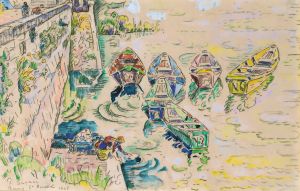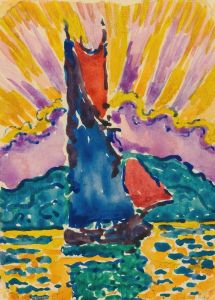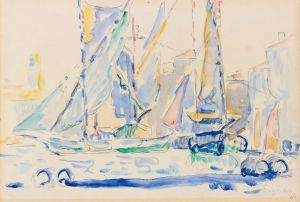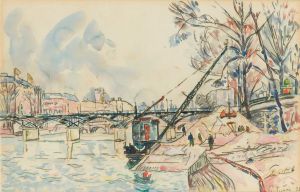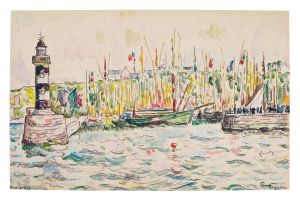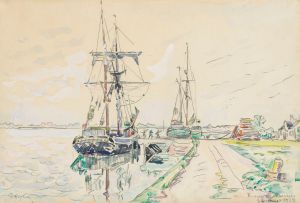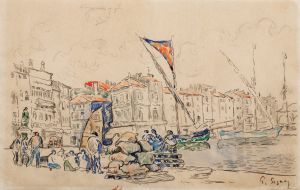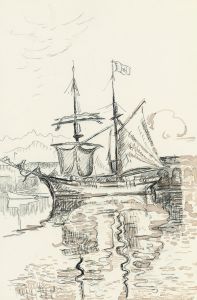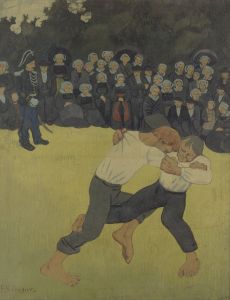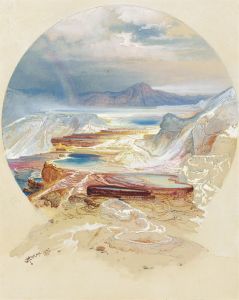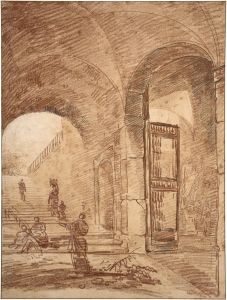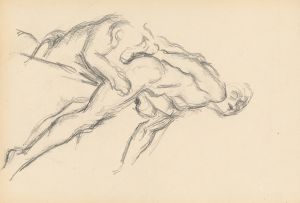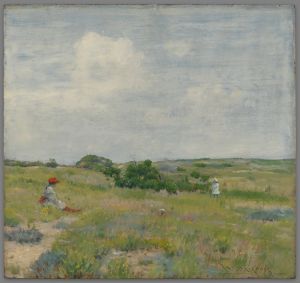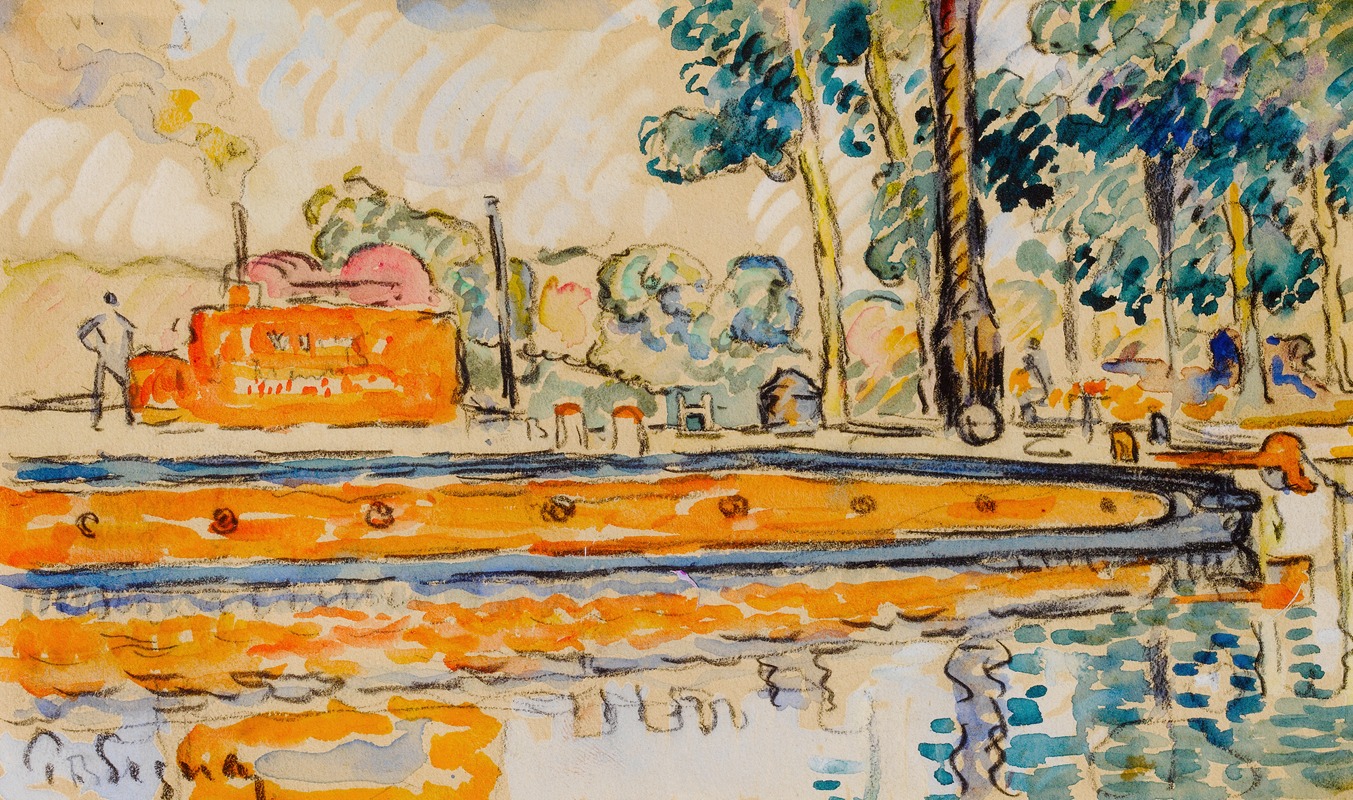
Rivière
A hand-painted replica of Paul Signac’s masterpiece Rivière, meticulously crafted by professional artists to capture the true essence of the original. Each piece is created with museum-quality canvas and rare mineral pigments, carefully painted by experienced artists with delicate brushstrokes and rich, layered colors to perfectly recreate the texture of the original artwork. Unlike machine-printed reproductions, this hand-painted version brings the painting to life, infused with the artist’s emotions and skill in every stroke. Whether for personal collection or home decoration, it instantly elevates the artistic atmosphere of any space.
Paul Signac was a prominent French Neo-Impressionist painter known for his role in developing the Pointillist style alongside Georges Seurat. One of his notable works is "Rivière," which exemplifies his mastery of color and technique. Signac was born in Paris in 1863 and initially pursued architecture before turning to painting. He was deeply influenced by the works of the Impressionists, particularly Claude Monet, and later became a key figure in the Post-Impressionist movement.
"Rivière" is a testament to Signac's dedication to the Pointillist technique, a method characterized by the application of small, distinct dots of color that are intended to blend in the viewer's eye. This technique was pioneered by Seurat, and Signac adopted and adapted it, bringing his own unique approach to the style. Unlike Seurat, who often used a more muted palette, Signac was known for his vibrant use of color, which is evident in "Rivière."
The painting captures a serene river scene, showcasing Signac's ability to convey light and atmosphere through his meticulous application of color. The composition likely reflects Signac's love for the water and sailing, themes that frequently appeared in his work. He was an avid sailor and often depicted coastal scenes, harbors, and rivers, drawing inspiration from his travels along the French coast and the Mediterranean.
Signac's approach to painting was heavily influenced by scientific theories of color and perception, particularly the work of Michel Eugène Chevreul and Ogden Rood. These theories posited that colors could be mixed optically rather than on the palette, a principle that Signac applied in "Rivière" to create a luminous and harmonious effect. By placing contrasting colors next to each other, Signac was able to enhance the vibrancy of the scene, making the river appear to shimmer with light.
Throughout his career, Signac was not only a painter but also an influential art theorist. He wrote extensively about the principles of Neo-Impressionism, advocating for the use of pure color and the systematic application of paint. His book "D'Eugène Delacroix au Néo-Impressionnisme" (From Eugène Delacroix to Neo-Impressionism) is considered a seminal text in understanding the movement and its techniques.
"Rivière" is a reflection of Signac's artistic philosophy and his commitment to exploring the possibilities of color and form. The painting is a part of his broader body of work that sought to capture the beauty of natural landscapes through a scientific yet deeply personal lens. Signac's contributions to the art world extend beyond his paintings; he was also a mentor to younger artists and played a crucial role in the development of modern art in the late 19th and early 20th centuries.
Today, Paul Signac's works, including "Rivière," are celebrated for their innovative use of color and their influence on subsequent generations of artists. His paintings are housed in major museums and collections worldwide, where they continue to be studied and admired for their technical brilliance and aesthetic beauty.





